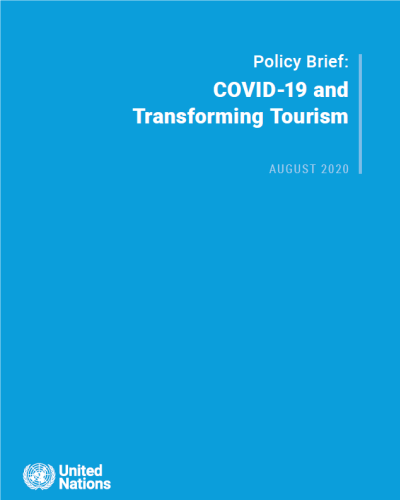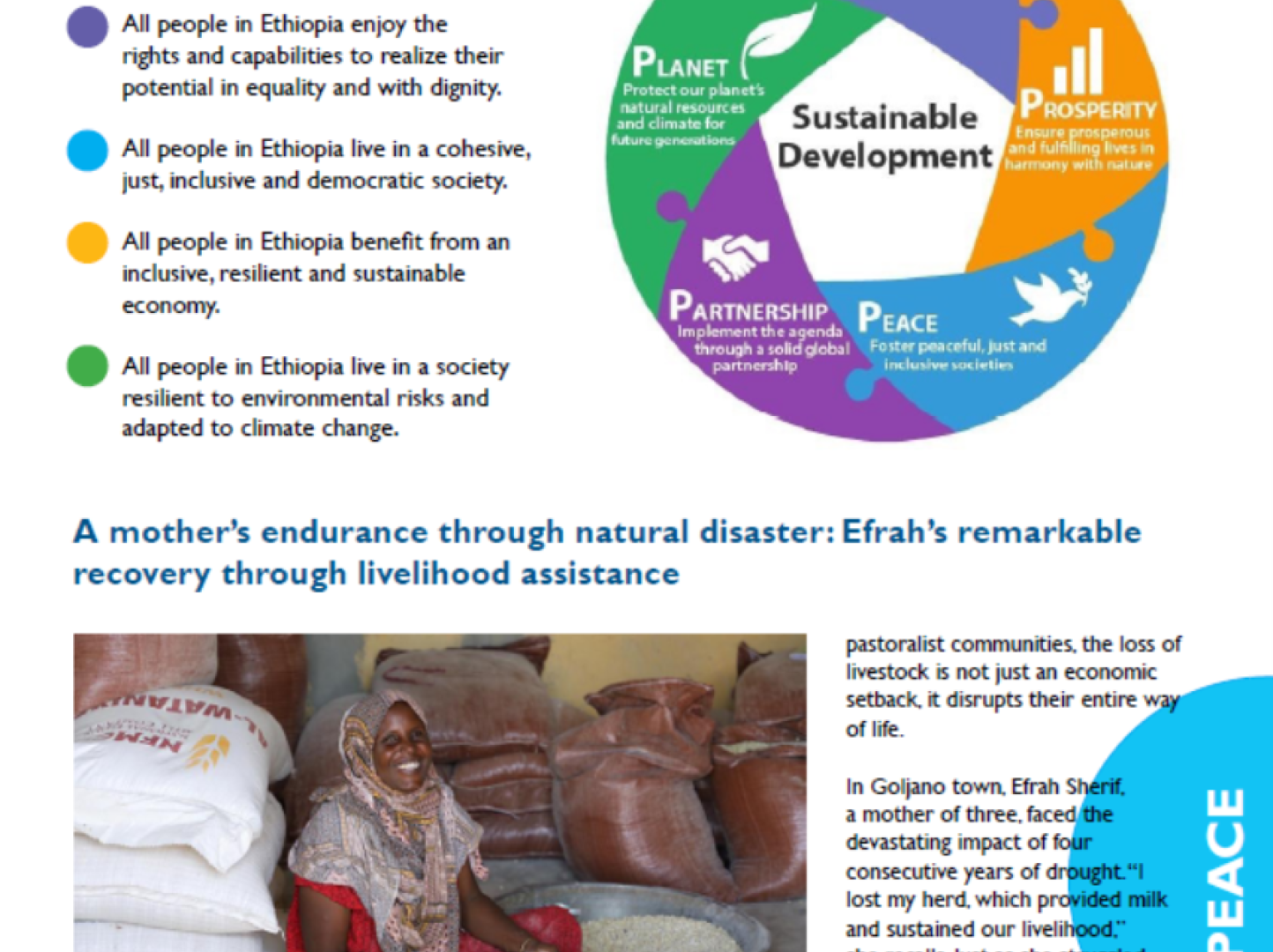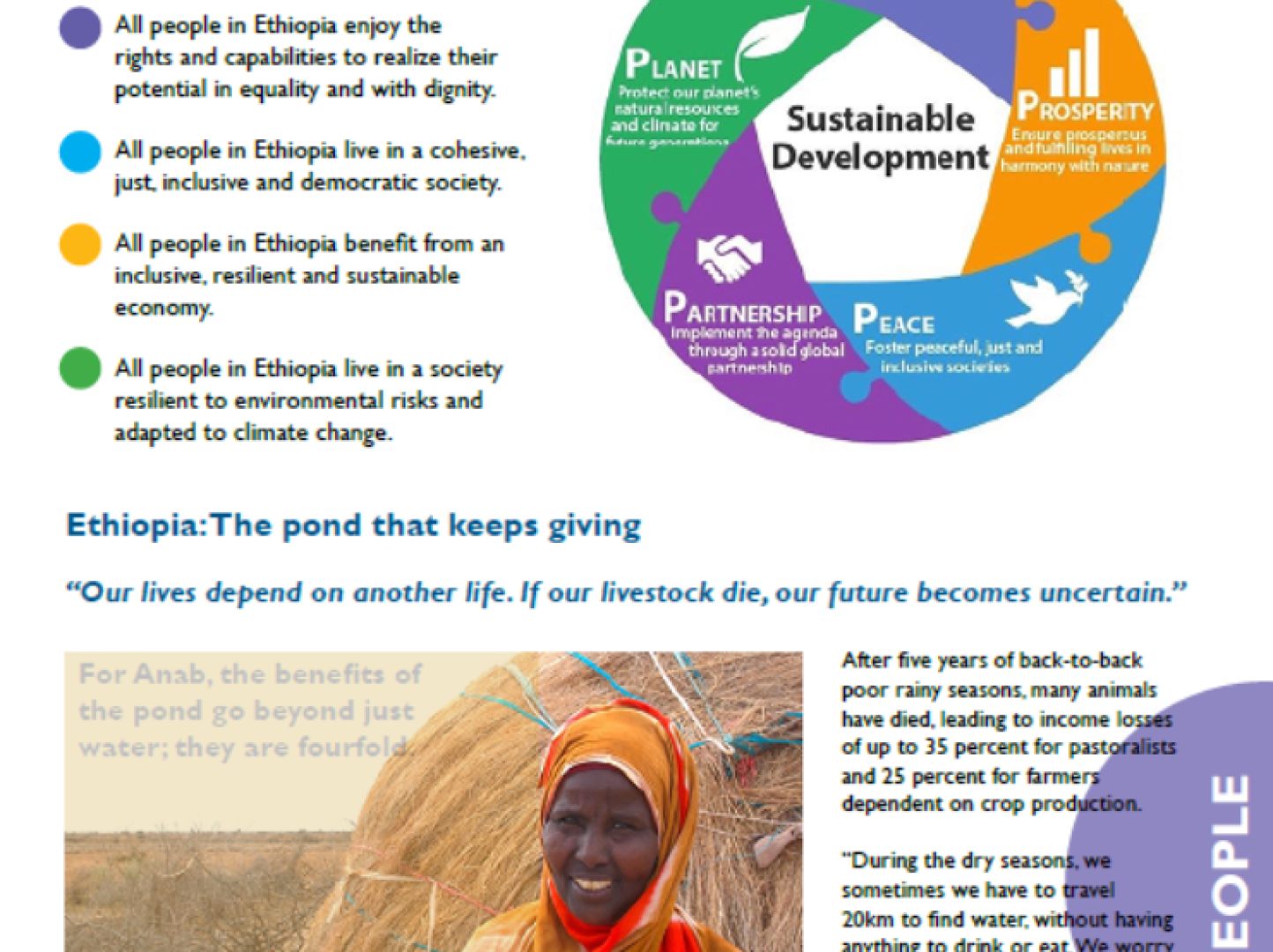Policy Brief: COVID-19 and Transforming Tourism

Tourism provides livelihoods for millions of people and allows billions more to appreciate their own and different cultures, as well as the natural world. For some countries, it can represent over 20 per cent of their GDP and, overall, it is the third largest export sector of the global economy. Tourism is one of the sectors most affected by the COVID-19 pandemic, impacting economies, livelihoods, public services and opportunities on all continents. While sustaining the livelihoods dependent on the sector must be a priority, rebuilding tourism is also an opportunity for transformation with a focus on leveraging its impact on destinations visited and building more resilient communities and businesses through innovation, digitalization, sustainability, and partnerships.
Economic impacts
According to 2019 data, tourism generated 7 per cent of global trade, employed one in every ten people globally and – through a complex value chain of interconnected industries – provided livelihoods to millions of people in developed and developing countries. As borders closed, hotels shut and air travel dropped dramatically, international tourist arrivals decreased by 56 per cent and $320 billion in exports from tourism were lost in the first five months of 2020, more than three times the loss during the Global Economic Crisis of 2009. Governments are struggling to make up for the lost revenues that are needed to fund public services, including social and environmental protection, and meet debt repayment schedules.
Scenarios for the sector indicate that international tourist numbers could decline by 58 per cent to 78 per cent in 2020, which would translate into a drop in visitor spending from $1.5 trillion in 2019 to between $310 and $570 billion in 2020. This places over 100 million direct tourism jobs at risk, many of them in micro, small and medium sized enterprises (MSMEs) which employ a high share of women and young people. Informal workers are the most vulnerable.
No country has escaped the decimation of its tourism sector, from Italy where tourism accounts for 6 per cent of the country’s GDP to Palau where it generates almost 90 per cent of all exports. This crisis is a major shock for developed economies and an emergency for the most vulnerable people and developing countries. The impact on small island developing States (SIDS), least developed countries (LDCs) and many African nations is of concern. In Africa, the sector represented 10 per cent of all exports in 2019.
The impacts on livelihoods and the SDGS
The impacts of COVID-19 on tourism threaten to increase poverty (SDG 1) and inequality (SDG 10) and reverse nature and cultural conservation efforts. The pandemic also risks slowing down progress towards the Sustainable Development Goals (SDGs).
Tourism is directly referenced in three goals: SDG 8 “decent work and economic growth”, SDG 12 “responsible consumption and production” and SDG 14 “life below water”.
For women, rural communities, indigenous peoples and many other historically marginalized populations, tourism has been a vehicle for integration, empowerment and generating income. It has enabled service delivery in remote locations, supported economic growth of rural areas, provided access to training and jobs, and often transformed the value that communities and societies ascribe to their cultural and natural heritage.
The linkages of tourism to so many other areas of society means this crisis also puts at risk the contribution of the sector to other SDGs, such as gender equality (SDG 5) or the reduction of inequalities among and inside countries (SDG 10).
Environmental and climate change implications
Tourism related to nature and oceans is an important motivation to travel and source of revenues. A 2015 United Nations World Tourism Organization (UNWTO) survey determined that 14 African countries generate an estimated US$142 million in protected-area entrance fees. The shutdown of tourism activities has meant months of no income for many protected areas and the communities living around them, many highly dependent on tourism for survival and with no access to social safety nets. The loss of tourism income further endangers protected and other conserved areas for biodiversity, where most wildlife tourism takes place. Without alternative opportunities, communities may turn to the over-exploitation of natural resources, either for their own consumption or to generate income.
At the same time, the tourism sector has a high climate and environmental footprint, requiring heavy energy and fuel consumption and placing stress on land systems. The growth of tourism over recent years has put achieving the targets of the Paris Agreement at risk. Transport-related greenhouse gas emissions from tourism have been estimated at 5% of all human originated emissions and could rebound sharply if the recovery of the sector is not aligned with climate goals.
Cultural implications
The global wealth of traditions, culture and diversity are among the principal motivations for travel. The impact of COVID-19 on tourism places further pressure on heritage conservation in the cultural sector, as well as on the cultural and social fabric of communities, particularly indigenous people and ethnic groups. For instance, with the closure of markets for handicrafts, products and other goods, indigenous women’s revenues have been particularly impacted.5 Cultural organizations have also seen their revenues plummet. During the crisis, 90 per cent of countries fully or partially closed World Heritage sites, and around 85,000 museums were temporarily closed.6 Tourism, a sector built on people-to-people interaction, is one of the major vehicles for promoting culture and advancing intercultural dialogue and understanding.
An opportunity for transformation
As travel restarts in some parts of the world, limited connectivity and weak consumer confidence, the unknown evolution of the pandemic and the impact of the economic downturn present unprecedented challenges to the tourism sector. Supporting the millions of livelihoods that depend upon a sector affected by months of inactivity, and building a sustainable and responsible travel experience that is safe for host communities, workers and travellers are key to accelerating recovery.
This crisis is also an unprecedented opportunity to transform the relationship of tourism with nature, climate and the economy. It is time to rethink how the sector impacts our natural resources and ecosystems, building on existing work on sustainable tourism; to examine how it interacts with our societies and other economic sectors; to measure and manage it better; to ensure a fair distribution of its benefits and to advance the transition towards a carbon neutral and resilient tourism economy.7 A collective and coordinated response by all stakeholders can stimulate the transformation of tourism, together with economic recovery packages, and investments in the green economy.
Harnessing innovation and digitalization, embracing local values, and creating decent jobs for all, especially for youth, women and the most vulnerable groups8 in our societies, could be front and centre in tourism’s recovery. To that end, the sector needs to advance efforts to build a new model that promotes partnerships, places host people at the centre of development, advances evidence-based policies and carbon neutral investment and operation.



















